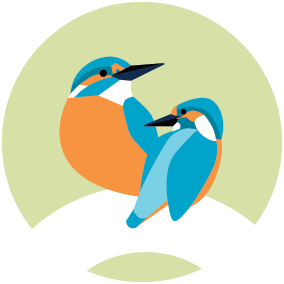A curriculum tailored to our children’s needs
We saw the new primary curriculum, introduced in 2014, as a golden opportunity to think more clearly about the content and design of the curriculum to ensure that it best suits the needs of the children at Stockbridge Primary School. We of course, maintain our statutory duty to deliver the National Curriculum and use the revised primary frameworks for Literacy and Numeracy teaching.
We spent some time considering the things that our children were missing from their education as surely these are the things we ought to be providing in order to fulfil our mission of creating and shaping ‘learners for life’? We undertook extensive research around children’s aids and barriers to learning and used the shared experiences of a very knowledgeable and experienced staff team to decide what should underpin our curriculum and the way in which we deliver learning opportunities.
In line with our vision, the objectives of our curriculum are to:
- Provide a breadth of opportunity, inside and outside of pupils own experiences
- Provide richness and depth without assumption that this will done for them by their families
- Exploiting wider opportunities whilst rooting children in their immediate and local environment.
- Build cultural awareness & knowledge to encourage children to be outward looking and forward thinking
- To recognise and actively plan for upper and lower school split so that split year groups (2 & 5) have an equality of experience, knowledge & opportunity.
From this work, we identified 4 key drivers that ‘drive’ every bit of our teaching, regardless of topic or latest Government initiative
Most importantly, we wanted to root our curriculum in rich experiences for children both within and outside their local, immediate environment. Each topic is linked to an external educational visit and visitor, where possible.
Click on each driver for our school definition of each and an explanation of why we chose this driver for our school:
Our 4 curriculum drivers
In Early Years, our pre-school follow a child-led curriculum and Year R are in a separate class on their own, following a generally topic led approach informed by children’s interests and next steps.
We then have mixed age classes throughout the school who follow a 3 year rolling programme of topics, ensuring statutory coverage.
Whilst topics for year 1,2 & 3 are the same throughout the year the teaching and learning in the two classes with these year groups is very different. There is rightly a higher level of challenge for year 3 than for year 1 with a real development of skills and knowledge appropriate to their year group. Year 2 experience the same topics with the same shared understanding and skills level and year 1 are carefully planned for to ensure learning is at the right level for them.
This pattern is replicated again in Key Stage 2 where Year 5 are split. Teachers in both key stages initially plan together so that ideas are formed together and they then have autonomy to branch out on their own.















